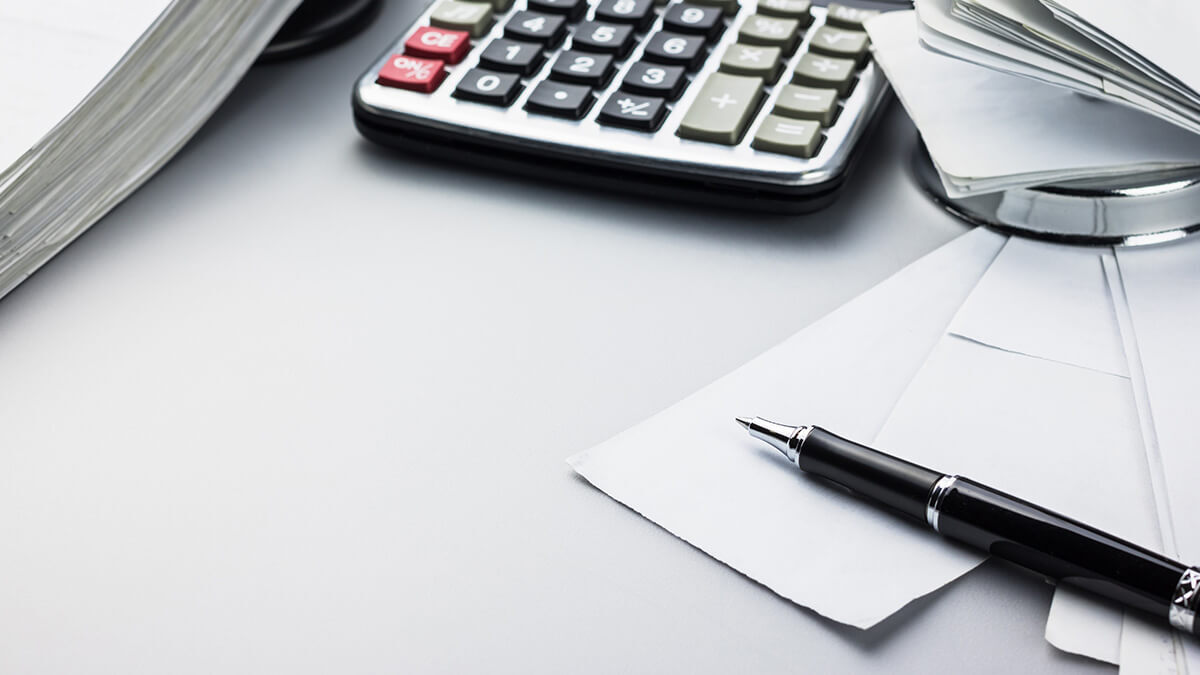As a business owner, it’s easy to get caught up in the hecticness of running your company. Because of this, keeping accounting records like business receipts, invoices, and, expenses organized can be difficult. Learn how to organize business receipts with a few simple storage solutions.
How to organize business receipts
Each time you sell something or make a purchase, you give or take a receipt. You provide receipts to customers after they buy something at your business. And, you receive receipts when you purchase items.
For example, if a customer purchases a coffee from you, you give them a receipt to show they bought the item.
Organizing receipts helps keep your important financial documents in order while also taking the panic and stress out of tax preparation. Maintaining receipt records can make an auditing process easier and keep your accounting books accurate.
When it comes to organizing your small business receipts, you can either store them physically (e.g., filing cabinets) or electronically (e.g., online accounting software). Find out how to store receipts for business using the two methods below.
Paper receipts
Storing paper receipts can be challenging. To remain organized with a paper filing system, you must be disciplined and create a routine for receipt storage. You can use files and folders to stay organized.
Overcome clutter by utilizing the following paper storage strategies in your small business.
Sort by type
After receiving a receipt, separate receipts by the type of business expense. For example, place office supplies receipts in one pile and meal and entertainment receipts in another.
Consider adding codes to each receipt to categorize expenses (e.g., Code 125 for meals). That way, if you decide to expand your organizational efforts to an electronic system, you can easily break receipts up by category.
Invest in supplies
Invest in supplies to help organize your receipts. Folders, files, and storage cabinets are great ways to keep receipts safe and accessible.
Include the types of receipts on the label of the folder. For example, you may dedicate a folder to company vehicle-related receipts.
Consider organizing the files in your cabinet in alphabetical order so they are easy to find.
If your business does not need to store many receipts, use envelopes instead. Label each envelope and place them in a smaller filing system or folder.
Organize receipts chronologically
When placing your receipts in folders, place each receipt in chronological order. Putting receipts in chronological order is beneficial when you need to look for a specific receipt.
Keep the most recent receipts in the front of the folder and older receipts in the back.
How long to keep business receipts can depend. Businesses should keep business receipts for at least three years in case of an audit. It doesn’t hurt to store receipts for more than three years. Some companies may prefer to store receipts for a longer period, such as seven years.
At year-end, move files and folders from the tax year to a separate folder or filing cabinet. Indicate which year the receipts are from (e.g., 2019 business receipts). Set up new files and folders for the new year.
Organize from the get-go
Some businesses wait to organize receipts at the end of the month. Stay organized by filing receipts as they come in rather than waiting to do them later.
Avoid procrastinating when storing receipts. Organize receipts as soon as you receive them. It takes the stress out of doing them all at once and keeps you as organized as possible.
Even if you don’t organize receipts right away, strive to complete a little bit at a time versus waiting a month or longer to organize them. Organizing a few receipts each day will make it feel like less of a task.
Electronic storage
More than ever, it’s easy to automate the organization of your receipts. If you want to ditch the old school filing cabinets, consider switching to a digital system.
To electronically store your receipts, you can use software or store scanned receipts on your computer.
Keep in mind that you must back up your digital receipts to prevent losing important financial information. Review the different ways to store receipts electronically below.
Software
Accounting or receipt management software allows you to upload, record, and track your receipts.
Most systems allow you to extensively organize your receipts and access features that paper storage does not offer. For example, you may be able to add reminders in your software to upload and organize receipts.
Although you may need to invest more money to use a digital system, software does allow you to go paperless. And, it makes it easier to store and organize receipts for longer periods.
Digital folders
Business owners can also opt to store receipts in digital folders. You can use scanners to transfer receipts from paper to other devices, such as a computer, smartphone, or tablet.
If you don’t want to pay for software or a scanner, you can take pictures of your receipts. Then, manually upload them to your computer for safekeeping and organization.
Do you need help tracking your small business transactions? Patriot’s online accounting software is easy to use for tracking income and expenses. And, we offer free, USA-based support. Get your free trial of our easy yet powerful accounting solution today!
This article has been updated from its original publication date of March 26, 2019.
This is not intended as legal advice; for more information, please click here.



